Poultry health, environment and equipment of poultry farms
TERMECA as a safe disinfectant can be a suitable alternative to other disinfectants by eliminating all pathogenic microorganisms in halls, areas such as storage rooms and reception of eggs, tools, poultry, drinking water and poultry feed without creating microbial resistance.

Since poultry, especially chicken, is one of the main food items of households, in order to prevent the occurrence of common diseases between chickens and humans that arise from the consumption of infected chicken or eggs, it is necessary to ensure that they are healthy before entering the table. In order to achieve this, it is necessary that the environment for raising chickens is free of any kind of germs, bacteria and fungi, so the health of the consumer will be guaranteed.
Disinfecting the poultry environment along with quarantining the chickens is one of the effective and old methods to prevent the spread of diseases, microbes and pollutants in the poultry environment because pathogenic forms are not eliminated only through cleaning and washing and need disinfection is a principle.
A suitable disinfectant for sterilizing the poultry environment should be fast-acting, long-lasting, and always available and cheap. Also, in order to prevent respiratory diseases in poultry, disinfectants must have a suitable smell and also not pose a risk to the health of users and not cause rusting of tools and equipment inside the poultry farm.
Like the disinfection of husbandry farms, three methods are used for disinfection in poultry farms:
Natural Disinfection: Sunlight is considered a strong disinfectant to destroy germs, which not only prevents their growth but also destroys germs in general. Also, the ultraviolet rays in the sunlight provide conditions for the destruction of bacteria. The disinfecting power of cold is not like sunlight, because cold prevents the growth of microbes and bacteria, but it does not destroy them, that is why poultry meat and eggs are usually kept in cold storage.
Physical Disinfection: The strongest physical disinfectant is heat. Heat is used to disinfect the poultry environment in both dry and wet forms. Dry heat is used to disinfect the floor and walls of the hall with a flamethrower. Moist heat is the steam of boiling water, in this method, water is boiled up to 100 degrees Celsius and the steam produced is used to disinfect the poultry farm and its equipment, such as water drinking place, feeders, industrial and mechanized cages, and hatching equipment.
Chemical disinfectants: Disinfection of poultry halls against infectious diseases such as influenza, bronchitis, Newcastle poultry, gumbo and poultry thrush is very important. Common disinfectants for this purpose are usually based on iodine, chlorine, hydrogen peroxide, peracetic acid, etc. Especially, chlorine and iodine disinfectant is very effective in eliminating viruses that cause Influenza-Newcastle.
Among other widely used substances, we can mention four compounds of chloride, phenolic, iodine and ammonium, formalin gas, cresol and cresyllic acid. Each of these chemicals has a different effect on microbes and bacteria and environmental pathogens. Of course, some of them have an unpleasant smell and are dangerous for the human user and the health of chickens.
Disinfecting the poultry environment along with quarantining the chickens is one of the effective and old methods to prevent the spread of diseases, microbes and pollutants in the poultry environment because pathogenic forms are not eliminated only through cleaning and washing and need disinfection is a principle.
A suitable disinfectant for sterilizing the poultry environment should be fast-acting, long-lasting, and always available and cheap. Also, in order to prevent respiratory diseases in poultry, disinfectants must have a suitable smell and also not pose a risk to the health of users and not cause rusting of tools and equipment inside the poultry farm.
Like the disinfection of husbandry farms, three methods are used for disinfection in poultry farms:
Natural Disinfection: Sunlight is considered a strong disinfectant to destroy germs, which not only prevents their growth but also destroys germs in general. Also, the ultraviolet rays in the sunlight provide conditions for the destruction of bacteria. The disinfecting power of cold is not like sunlight, because cold prevents the growth of microbes and bacteria, but it does not destroy them, that is why poultry meat and eggs are usually kept in cold storage.
Physical Disinfection: The strongest physical disinfectant is heat. Heat is used to disinfect the poultry environment in both dry and wet forms. Dry heat is used to disinfect the floor and walls of the hall with a flamethrower. Moist heat is the steam of boiling water, in this method, water is boiled up to 100 degrees Celsius and the steam produced is used to disinfect the poultry farm and its equipment, such as water drinking place, feeders, industrial and mechanized cages, and hatching equipment.
Chemical disinfectants: Disinfection of poultry halls against infectious diseases such as influenza, bronchitis, Newcastle poultry, gumbo and poultry thrush is very important. Common disinfectants for this purpose are usually based on iodine, chlorine, hydrogen peroxide, peracetic acid, etc. Especially, chlorine and iodine disinfectant is very effective in eliminating viruses that cause Influenza-Newcastle.
Among other widely used substances, we can mention four compounds of chloride, phenolic, iodine and ammonium, formalin gas, cresol and cresyllic acid. Each of these chemicals has a different effect on microbes and bacteria and environmental pathogens. Of course, some of them have an unpleasant smell and are dangerous for the human user and the health of chickens.
TERMECA as a safe disinfectant can be a suitable alternative to formalin and other disinfectants by eliminating all pathogenic microorganisms in halls, areas, tools, poultry, drinking water and poultry feed without creating microbial resistance.
This solution with the right concentration is used in the following cases:
This solution with the right concentration is used in the following cases:
- Poultry environment including disinfection of halls in the presence of chickens, initial disinfection of the floor, space and walls of the hall in the absence of chickens, storage room and reception of eggs.
- Disinfection of tools and equipment, poultry transport vehicles, incubation system including setter, candling, hatcher and separation, chiller systems
- Disinfection of chicken (disinfection of wounds, disinfection of carcasses, etc.)
- Disinfection of poultry feed (before processing)
- Disinfection of drinking water through disinfection of storage tanks and incoming water transmission lines
- Disinfection of poultry effluent, especially slaughterhouses







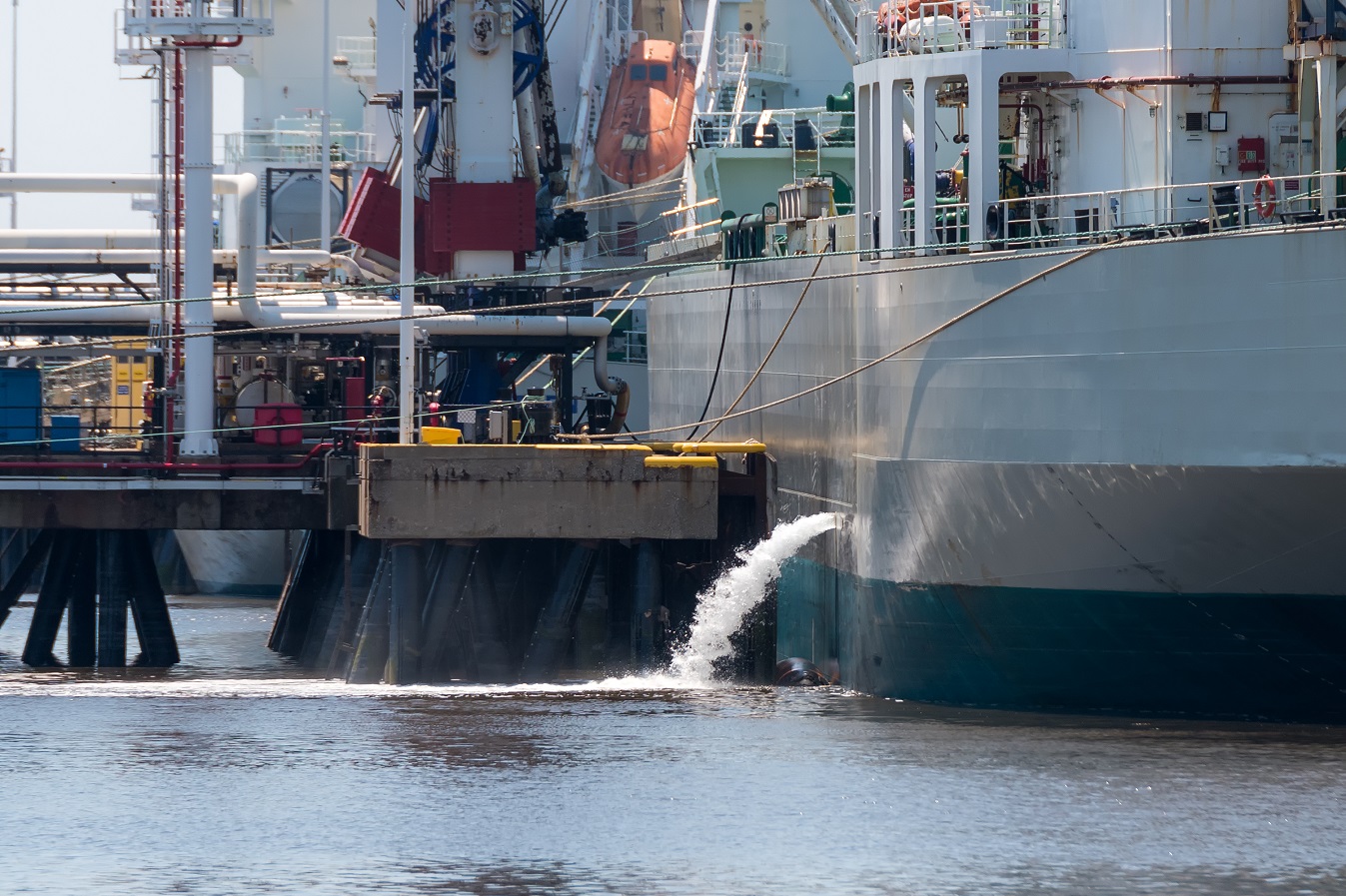

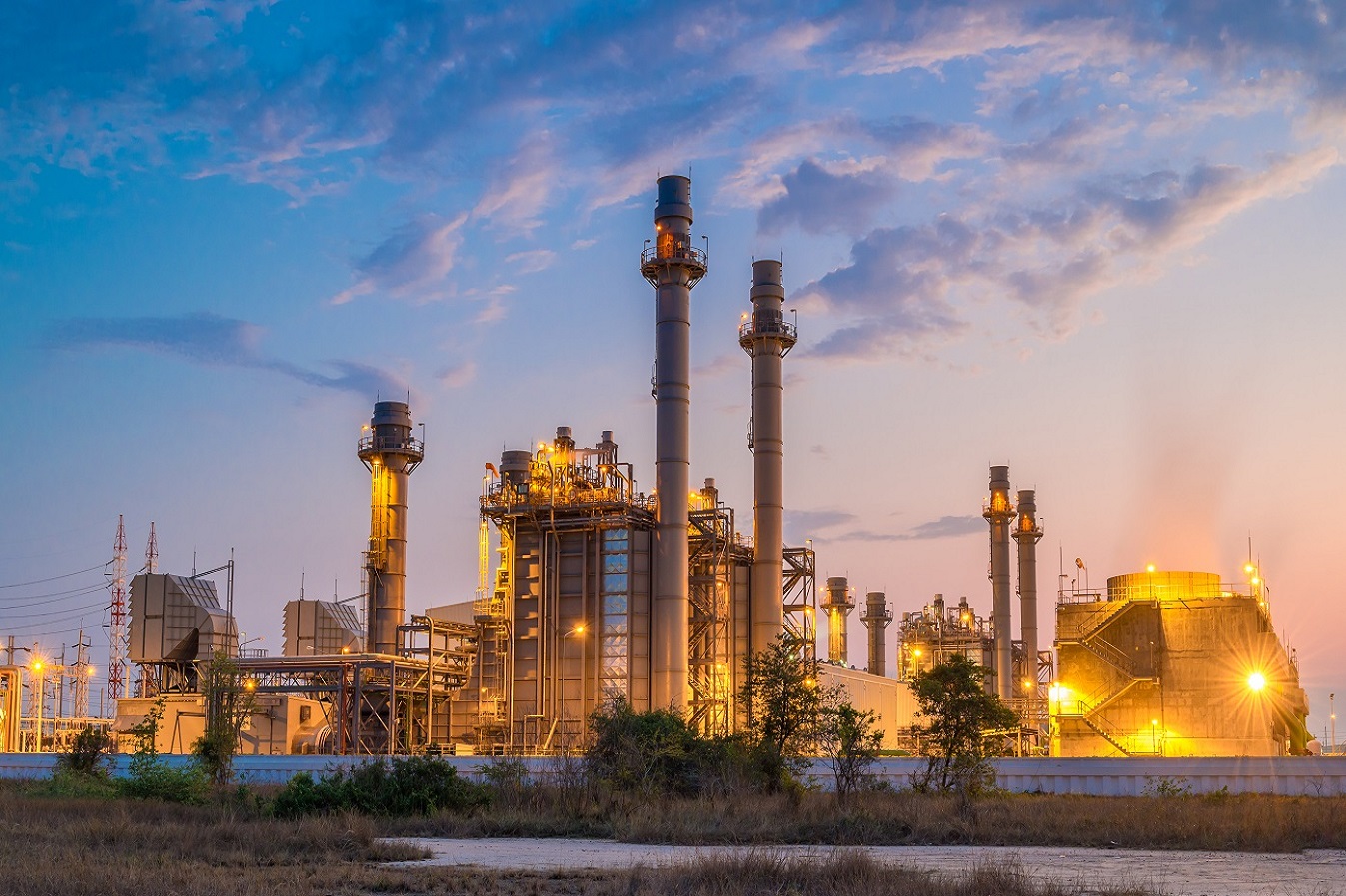
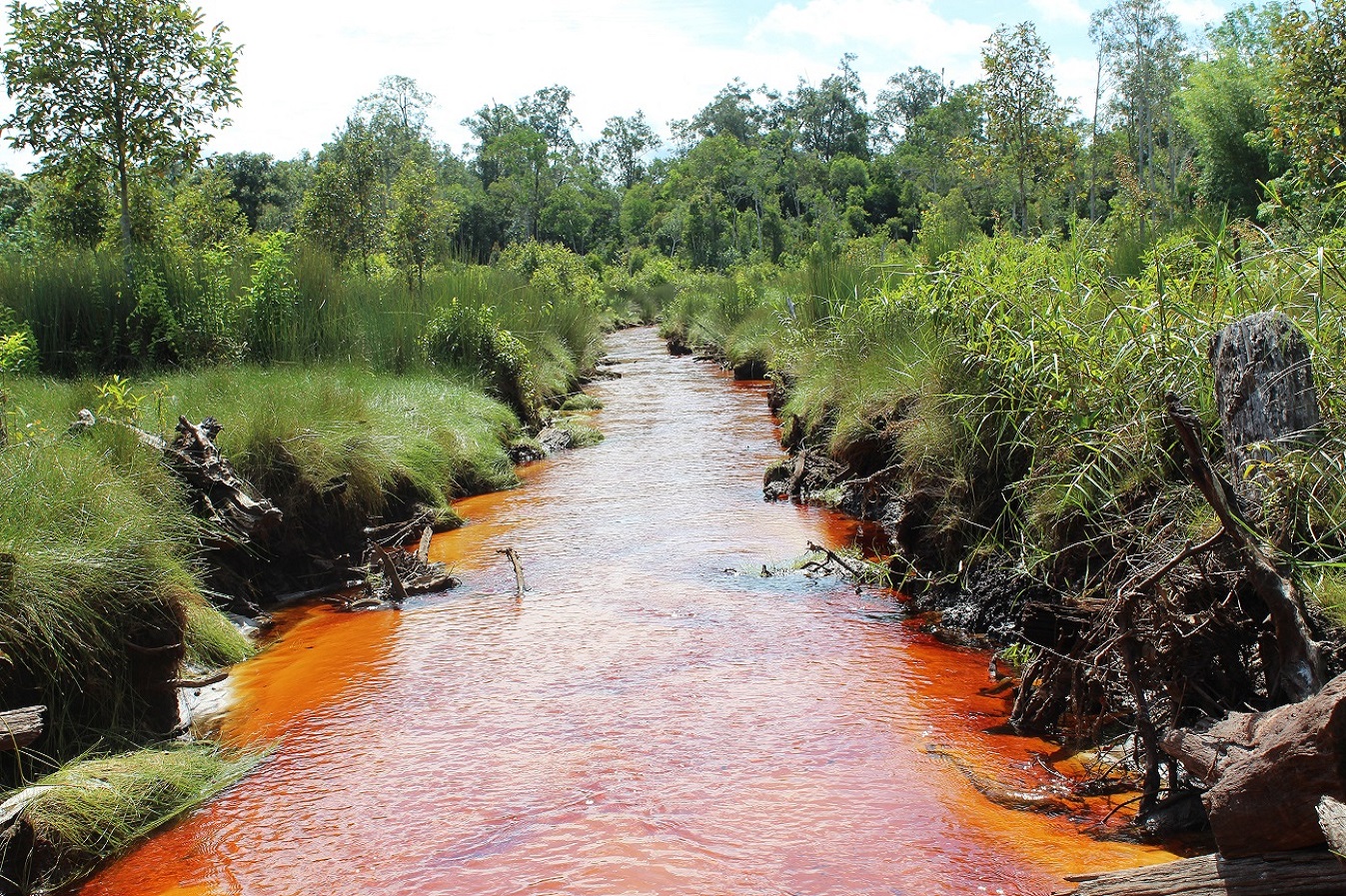




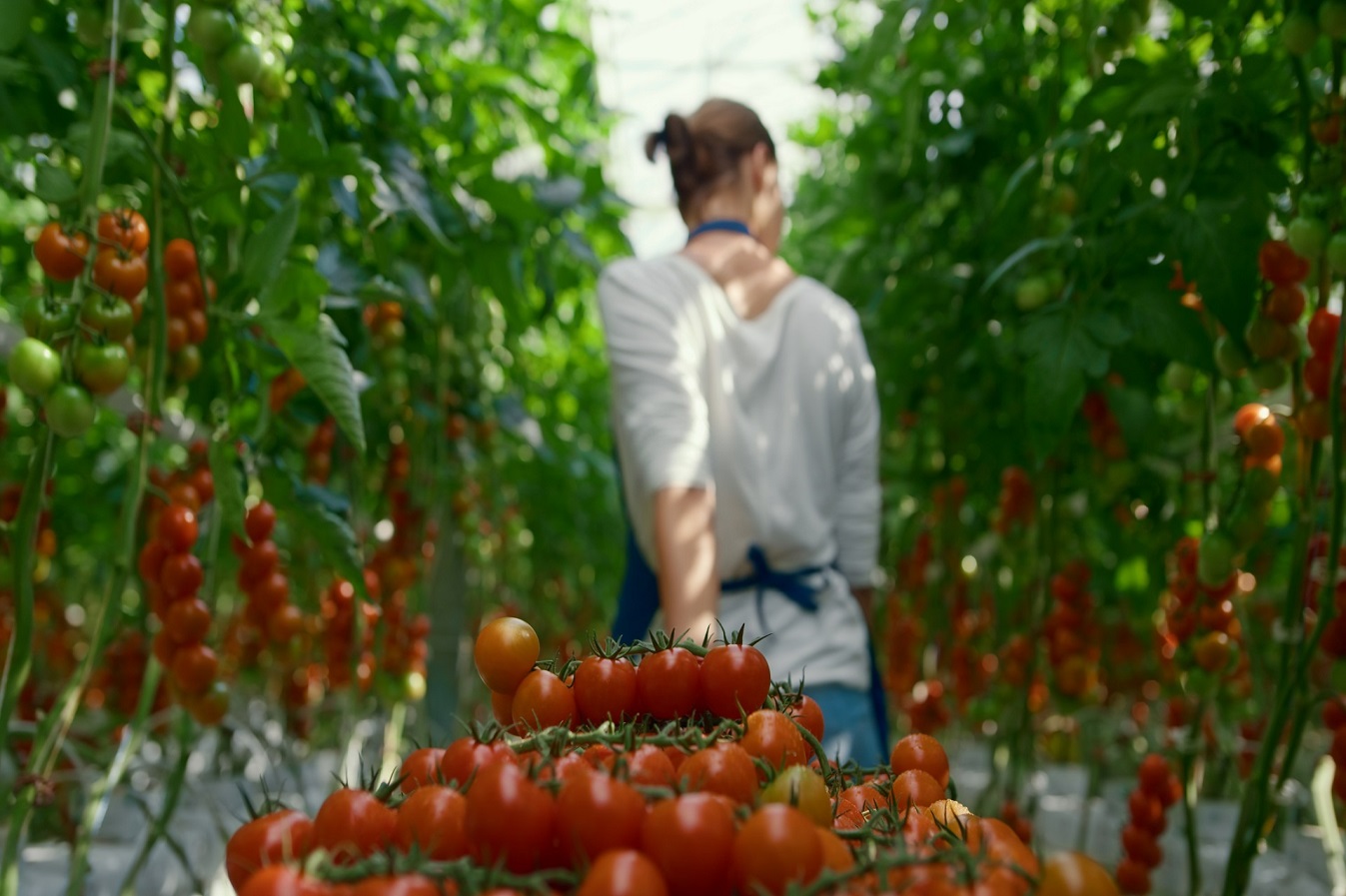
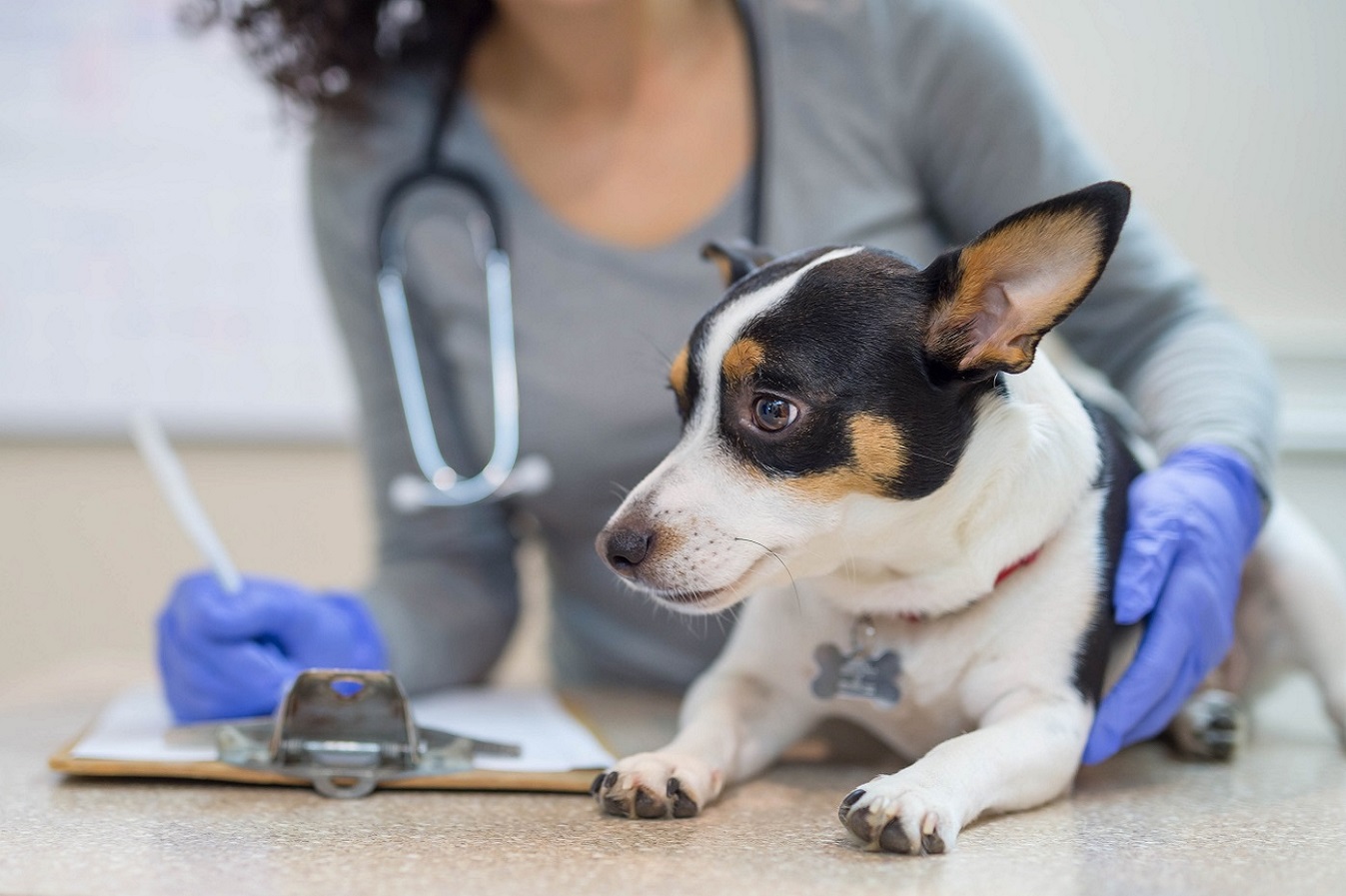
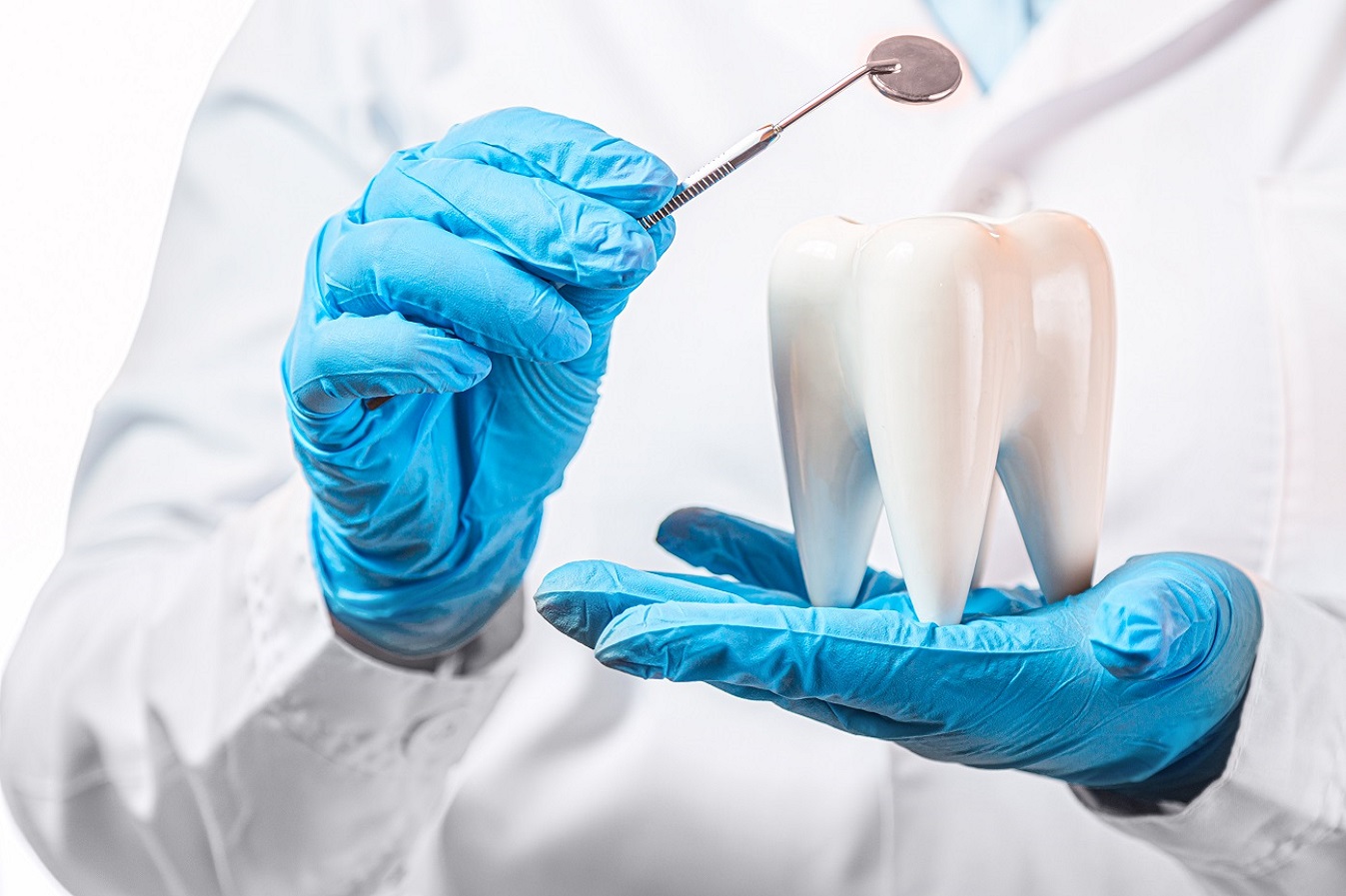


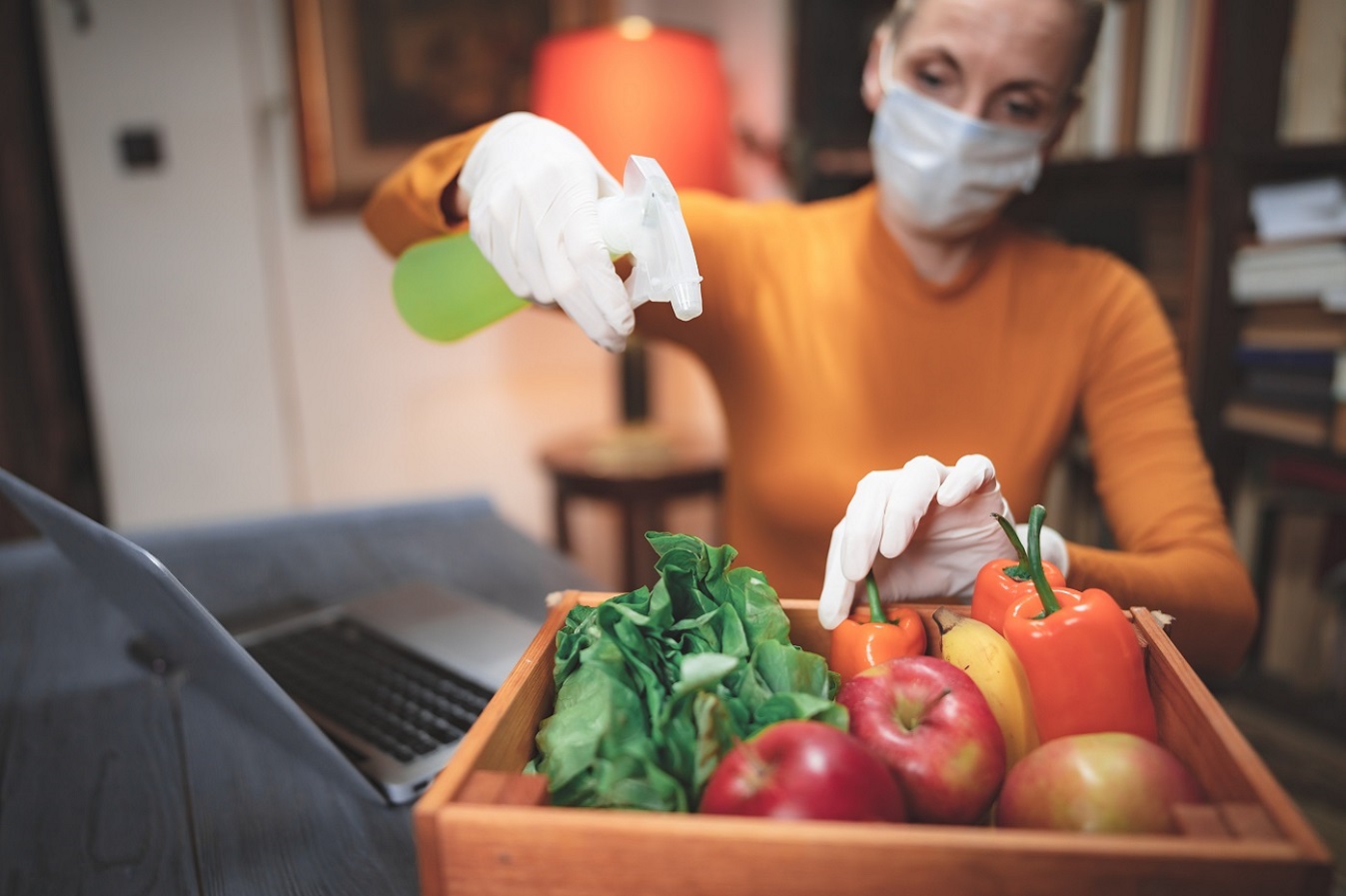
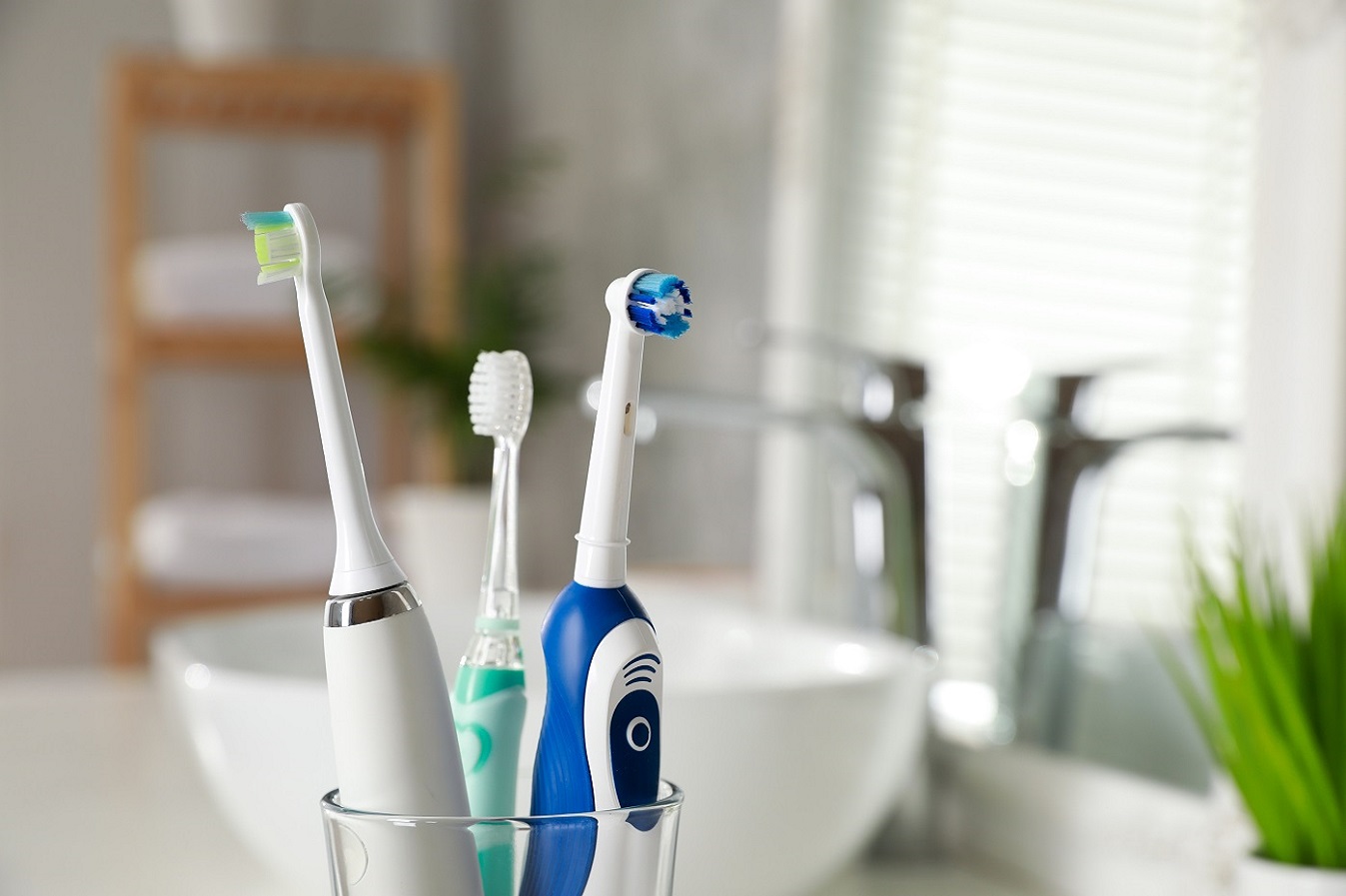
_1.jpg)